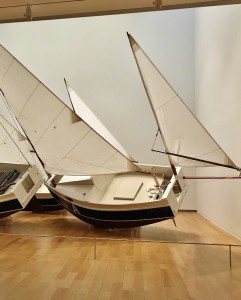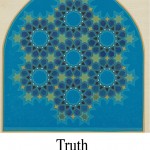In 1971, Chris Burden (1946-2015) vanished without a trace for three days. He executed his performance Disappearing without prior notice, his whereabouts unknown to everyone except himself. A year before, Bas Jan Ader (1942-1975) completed a pair of films in which audiences saw his falling body trigger both a loss of artistic control and his disappearance. And on the evening of June 20, 1972, visitors to an exhibition performance at the California Institute of the Arts (CalArts) learned that Jack Goldstein (1945-2003) had buried himself underground on campus, staging his own death with utmost theatrical force. Borrowing its name from Burden’s performance, Disappearing—California, c. 1970: Bas Jan Ader, Chris Burden, Jack Goldstein considers the work of these three figures who from the late 1960s through the early 1980s performed, reflected on, and celebrated various ways of disappearing via completely different means and distinct modes of expression. Though simultaneously active in Southern California, they were not part of a particular grouping, nor were they close friends. Rather, their shared interests and approaches to artmaking speak to a specific artistic milieu of the 1970s and represent a vernacular California conceptualism.
The exhibition directs its gaze at the overlaps, feedback, and doubling among the three artists’ works and Inquires into their causes and motives. For instance, Jack Goldstein questioned his subjective presence as an artist with manifold radically in performances, films, photographs, and installations. Only a few months after Goldstein buried himself alive, Chris Burden, hidden under a tarp and marked with bright flares, mimicked an accident victim In the middle of La Cienega Boulevard in Los Angeles. Bas Jan Ader, whose body of work was often described as a reckoning with failure, articulated from the beginning a specific interest in his own disappearance. Ader staged his own disappearance in a poetic and romantic way in film, slide, and photographic works. His tragic last piece, In search of the miraculous, 1975, ended in disaster: the artist vanished while crossing the Atlantic In a small sailboat.
The reasons why the three artists devoted themselves with great intensity to disappearing are multilayered and cannot be simplified to merely a morbid tendency. The brutality of the Vietnam War, still in full swing in the mid-1970s, was a real disaster, specifically for young men who faced the draft. Death in war was an especially felt presence in Southern California, with its highly developed military infrastructure. The “death of the author,” as the literary theorist Roland Barthes proclaimed in the late 1960s, resounds in the three artists’ work. As Ader, Burden, and Goldstein Investigated their disappearances, they radically advanced the dematerialization of the art object and questioned their own status as the- artist-as-subject, all with a deep fascination with the Romantic sublime. The artists also engaged with disappearance right when feminist art became institutionalized in California. The Feminist Art Program was established at CalArts in 1971, and perhaps these male artists were responding to the rise of women artists, consciously or not.
When : Now until Aug 11, 2019
Where : Modern Art Museum of Fort Worth
Website : More Information Here
Price : $10+






